I met Dr. T.H. Culhane a couple of years ago at a National Geographic conference. He is on a lifelong mission to help the world’s poor, both urban and rural, bootstrap themselves out of poverty and improve the quality of their lives.
How? He shows people how to avoid throwing away wealth.
Specifically, he teaches them that the food and bathroom waste they produced every day (about thirty percent of the energy they consume and most of the waste) can be transformed by a biogas digester into:
- the fuel (methane) they can use to cleanly cook their food and
- a composted slurry they can use to fertilize their crops.
DIY Biogas Digesters
Biogas digesters aren’t new. They are in use in many places. However, there are many, many more places, both intensely urban or spartan rural, that need them but don’t.
To give you some insight into how these systems work, here’s an example of an in ground biogas system that TH initiated in the Philippines (see TH’s blog for more detail on the entire project). This system is set up so that the wife/kids can feed the digester biological waste every day and get methane gas and fertilizer in return (he teaches people to treat it as a family cow).
The system they are installing is essentially a septic tank with some minor tweaks that allow it to be manually fed and output methane/fertilizer.
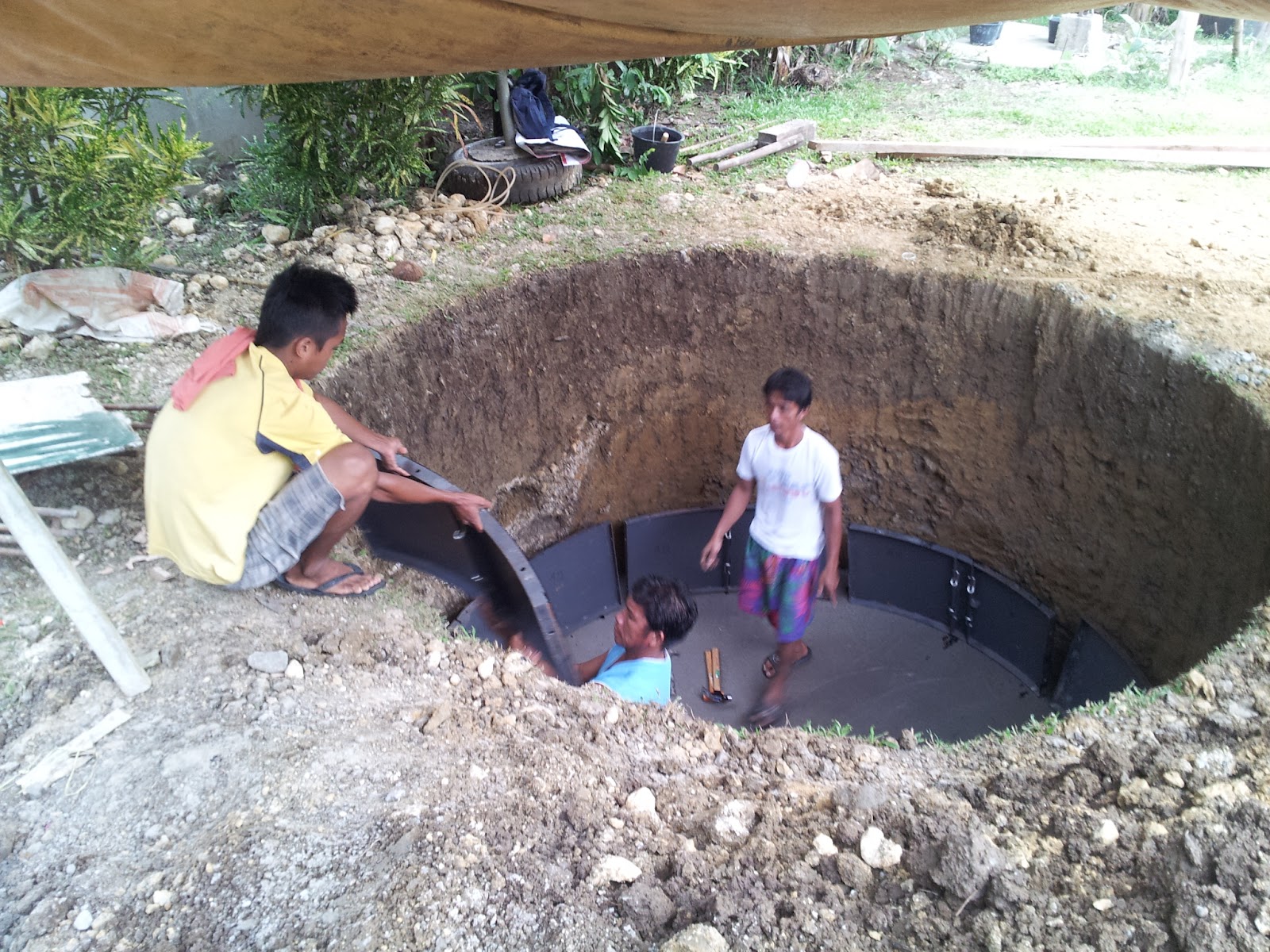
To build these in ground tanks, they bought Chinese molds and shipped them in. You can see them below. It cost TH about $8,500 to get them to the island and another $2,500 to get them past the bureaucrats.
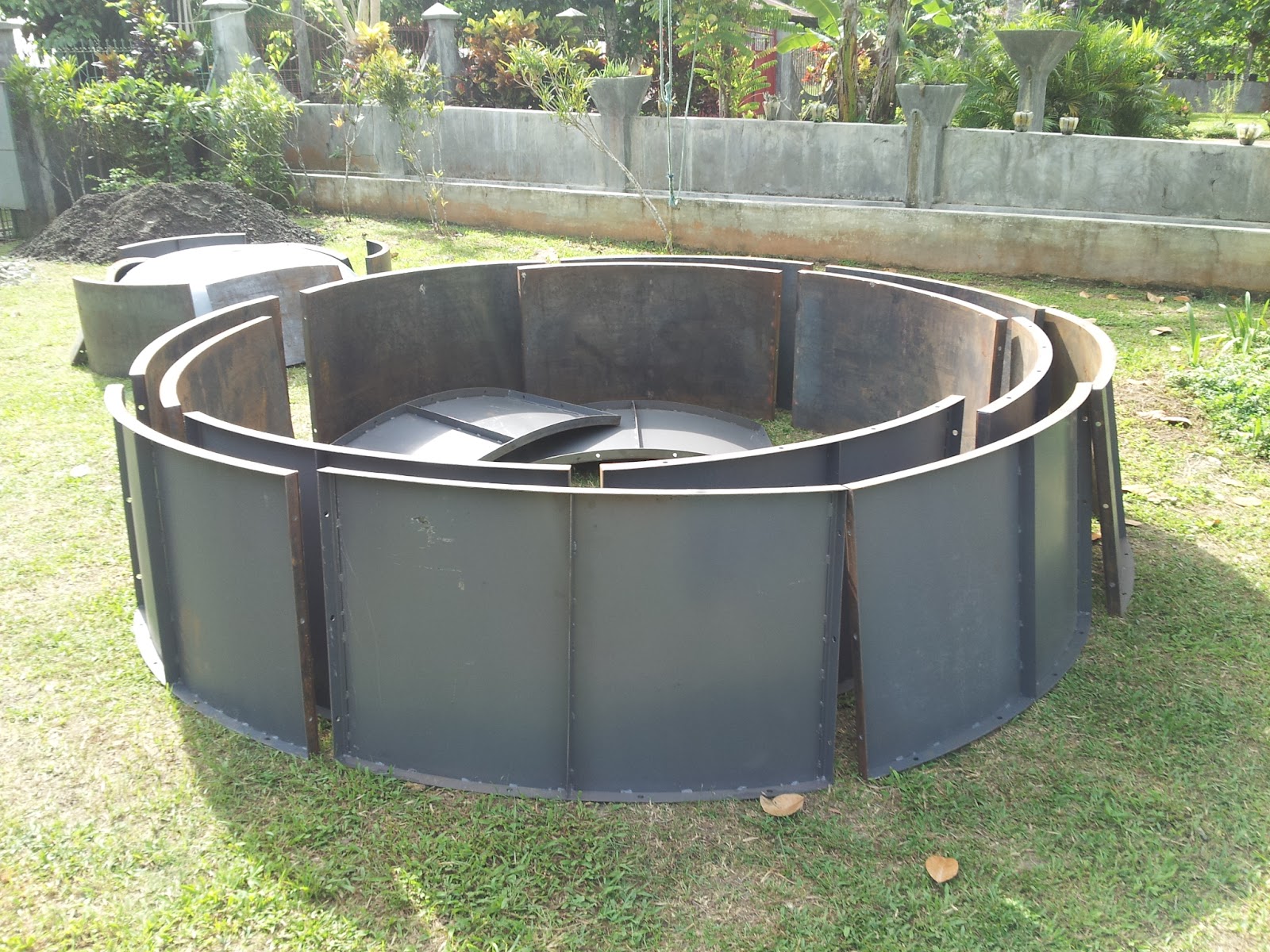
The mold takes about two hours to stitch together. The majority of the labor is digging the hole it is going in and pouring the concrete. Once bought the mold can be used thousands of times. Below you can see two tubes. One tube (near the kitchen) is for feeding the digester waste and one is for the fertilizer to flow to the garden.
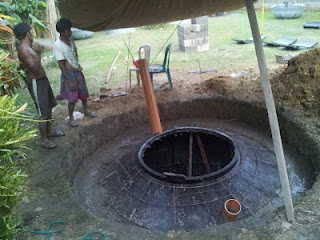
One interesting twist on the installation is that TH builds vertical walls inside the tank using cinder blocks. Why? To provide more surfaces with a greater degree of temperature variation so that more bio films can form. Bio films are the most productive part of process. Here’s what it looks like (the photo is a bit blurry, but you can see the walls inside).
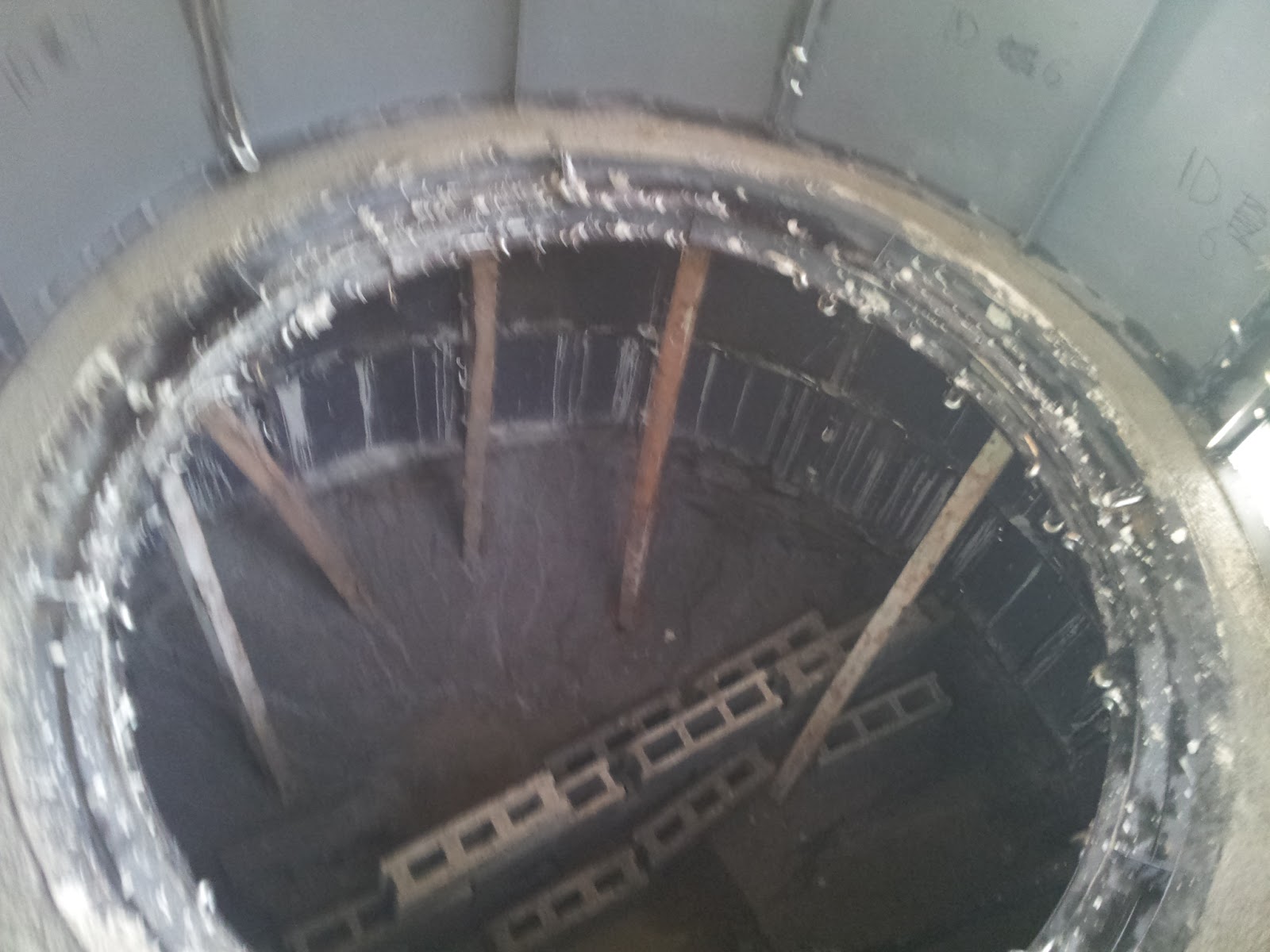
If cost is the primary factor, here’s an example of an above ground system. Note the stand alone tank. The blue bladder is to hold the methane produced. Very simple.
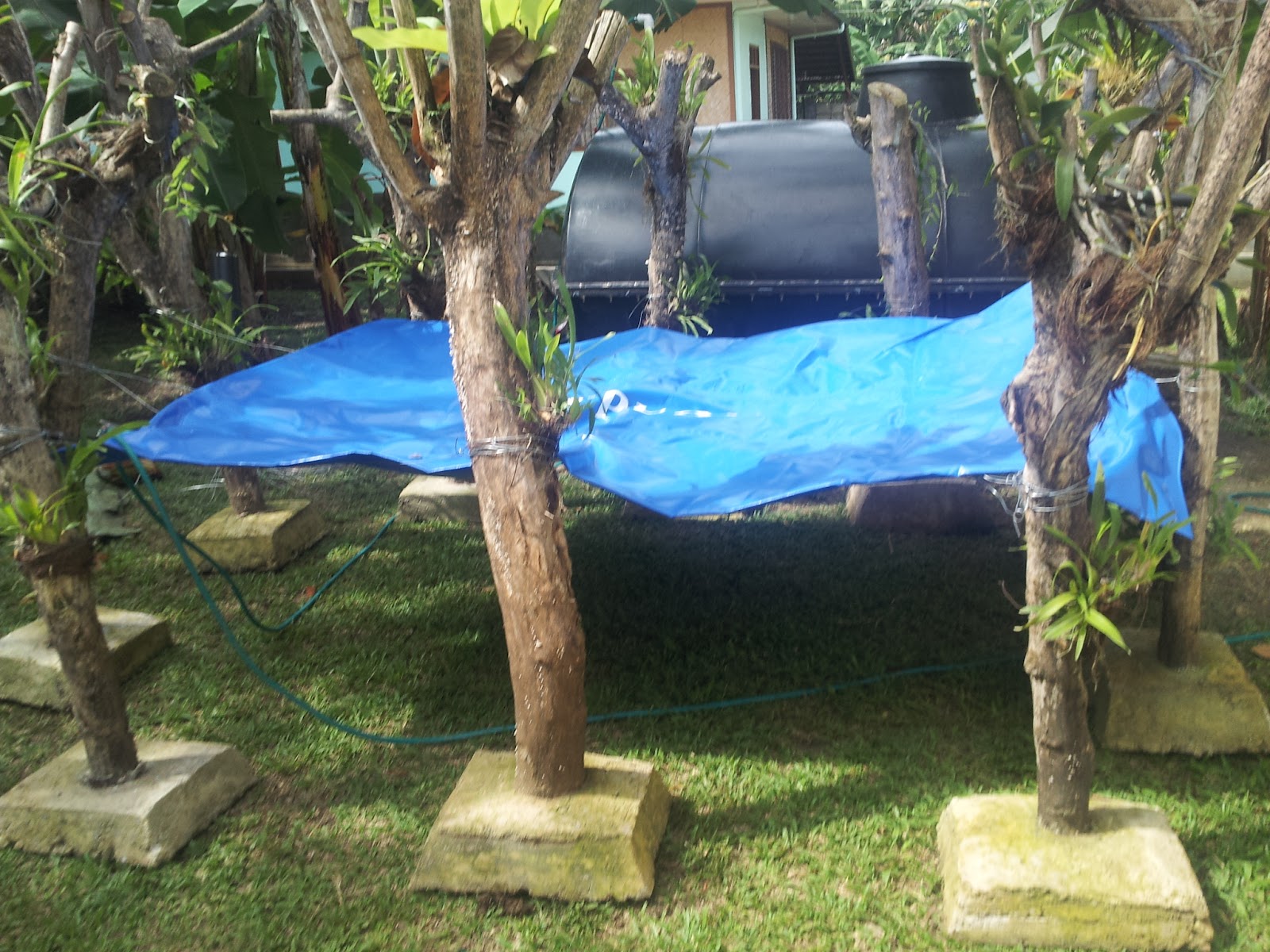
Here’s how the methane is used. Note the tube piping it in.
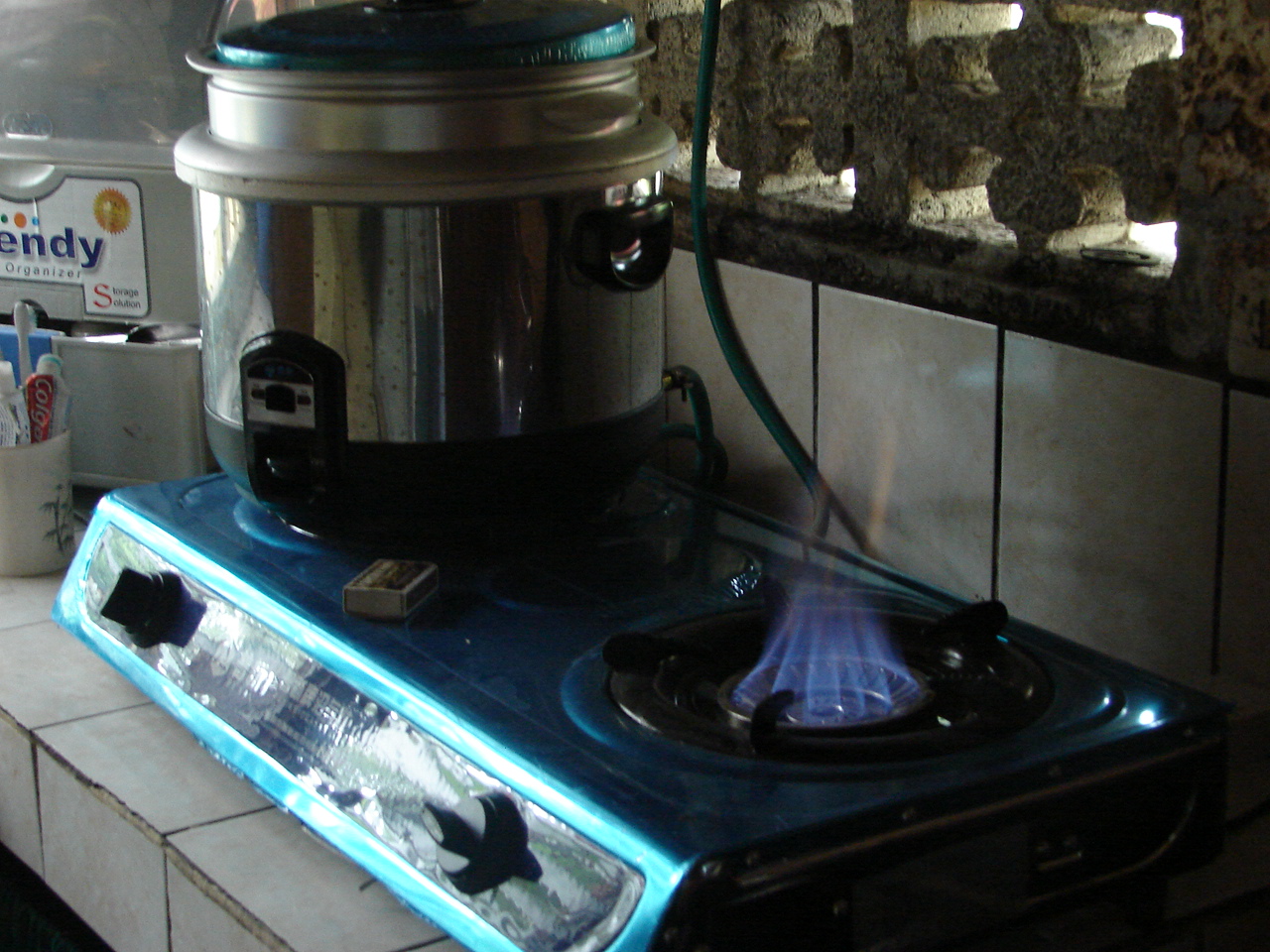
What’s the bottom line?
- This system costs about $750 in materials, plus labor (mostly digging a hole and pouring concrete).
- It generates 20 hours of cooking fuel a day (or 5 hours of electricity generation) per day, plus fertilizer.
- It operates forever.
What’s the point of this example?
Don’t throw away wealth.
With some creative thinking, it’s possible to turn waste into wealth at the local level.
You can do this yourself (above ground) or with some neighbors (below ground) or you can contract for it.
If the community has the willpower, a municipal sewage system can use large biogas digesters to generate electricity — likely more than enough to operate a sewage treatment facility and power some community buildings.
Your not happy about throwing away wealth analyst,
John Robb
PS: Here some of the ways biogas digesters reduce poverty and improve lives:
- It eliminates biological waste that can cause a health hazard.
- The methane produced burns cleanly inside the home (as opposed to wood/garbage smoke).
- It makes it possible for kids to go to school/play, since they aren’t required to spend 3-6 hours a day gathering fuel for the stove. If they are buying bottled gas to cook, this saves them income.
PPS: Bureaucratic road-blocks. Here’s an interesting nugget from TH. He found that municipal authorities and development agencies are often stopping people in developing countries from building DIY digesters for methane production. Why? They believe that they are dangerous. So, the authorities have been telling people to shut them down and wait for electricity deliveries from a plant to be built-in the far future. TH maintains, and I think he is right about this, that the small volume of low pressure gas produced by these systems is safer than the alternatives available, and much healthier.


